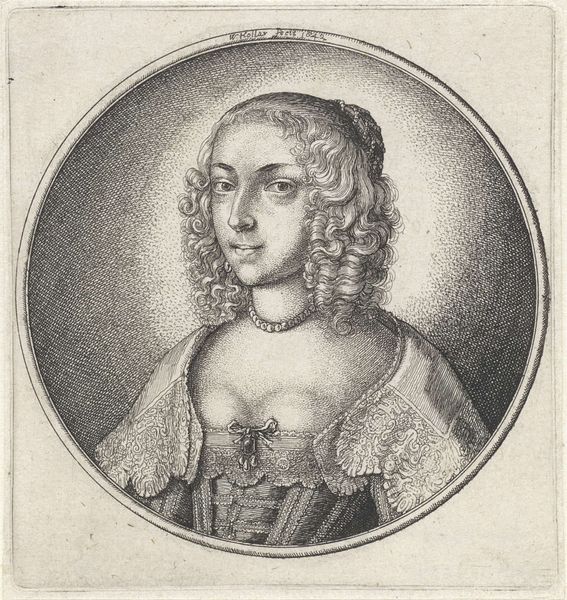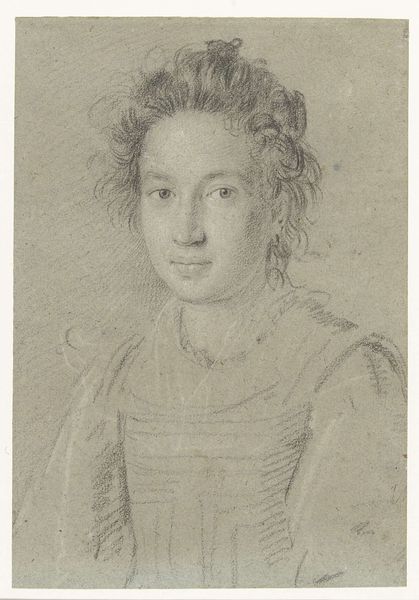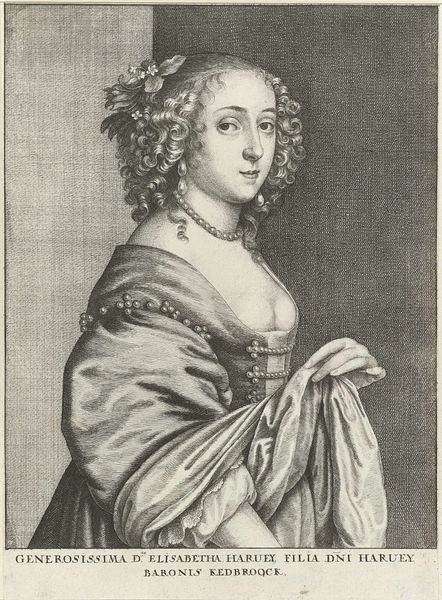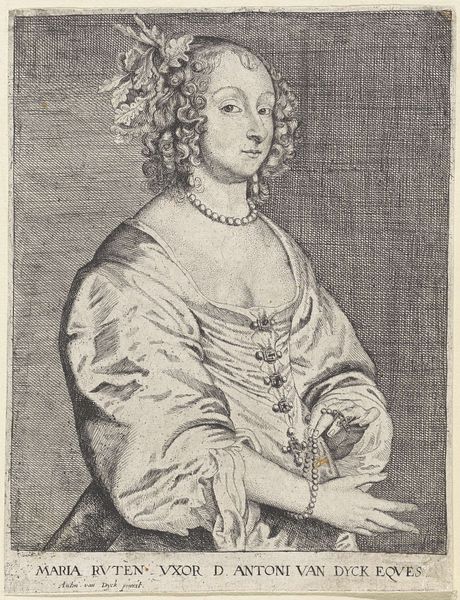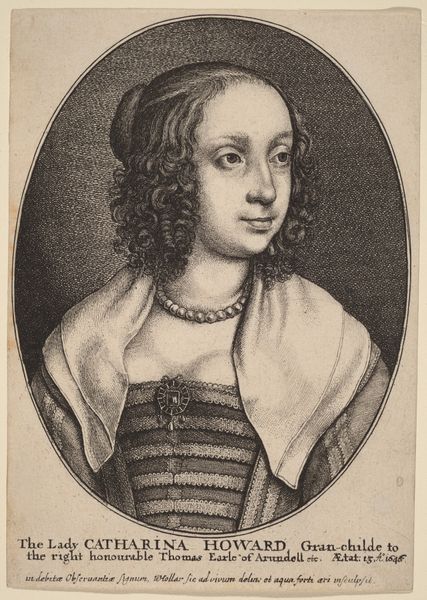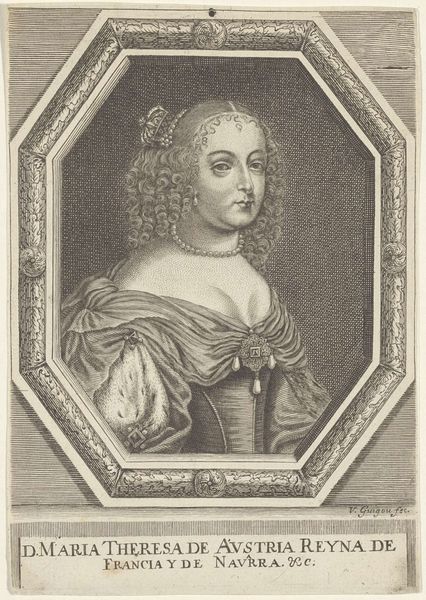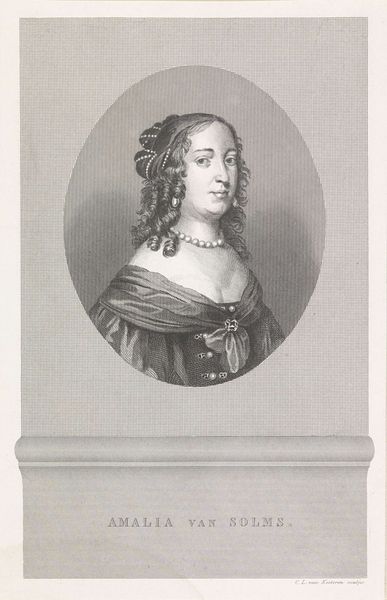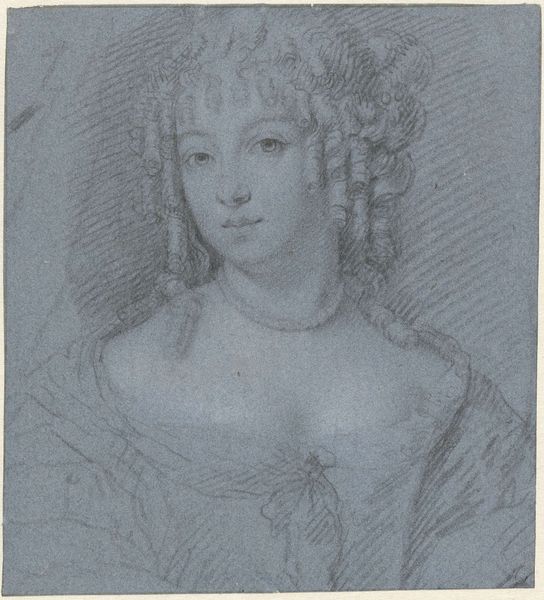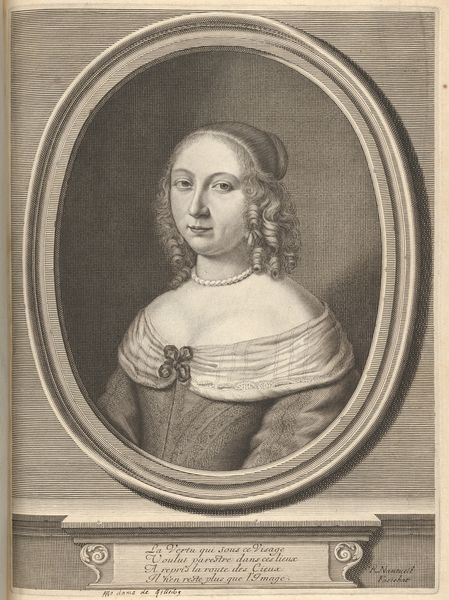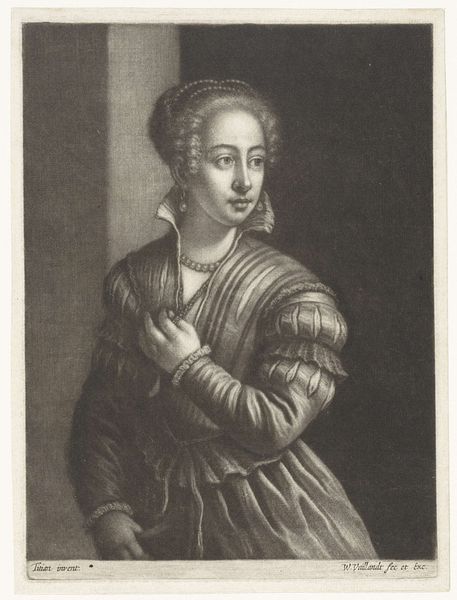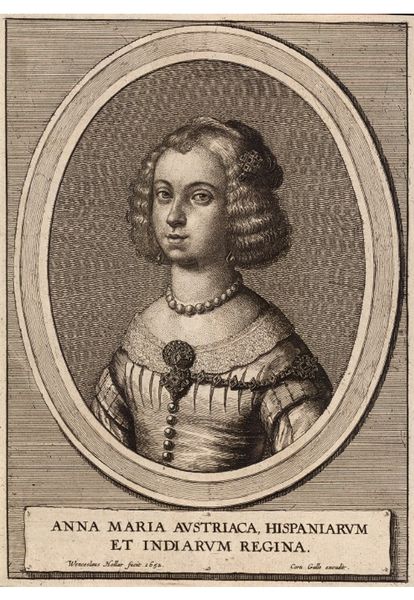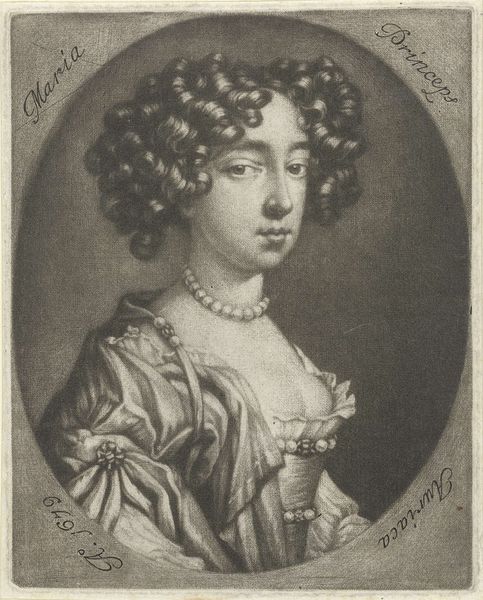
drawing, pencil, charcoal
#
portrait
#
pencil drawn
#
drawing
#
baroque
#
pencil sketch
#
charcoal drawing
#
figuration
#
pencil drawing
#
pencil
#
portrait drawing
#
charcoal
Dimensions: height 240 mm, width 183 mm
Copyright: Rijks Museum: Open Domain
Editor: This is "Portrait of a Woman," a drawing made with pencil and charcoal by Moses ter Borch sometime between 1660 and 1690. It's currently housed in the Rijksmuseum. It strikes me as a very intimate, almost personal portrayal, not as formal as other portraits of the era. What do you make of it? Curator: Indeed. Looking at it historically, it speaks volumes about the changing function of portraiture and the burgeoning middle class in the Dutch Golden Age. This isn't a grand, commissioned piece meant to display wealth and power. It seems more like a study, perhaps even a preparatory sketch. How do you see the role of museums in displaying sketches? Does presenting these intimate works democratize art? Editor: That's an interesting point! I guess, yes, it feels like we’re seeing the artist's process, making it relatable. What's interesting about that timeframe in art history, that you think could relate to this sketch? Curator: During that period, we saw an increasing market for art, particularly among the middle classes in the Netherlands. Patrons became interested not just in finished masterpieces but in the stages of their creation. A sketch like this gives access to a more "authentic," seemingly unmediated glimpse into the subject. But then, what kind of 'authenticity' is that giving considering Moses Ter Borch and his relationship to high society? It definitely plays on an element of visual economy though. Editor: Hmmm, a carefully cultivated glimpse of authenticity then? So the museum displaying this kind of work both reflects and reinforces the art market's value of the 'unmediated?' Curator: Precisely. The politics of display are ever-present. It makes you wonder, doesn't it? Museums actively participate in constructing value and meaning. What has changed between Moses’ era to today’s age when viewing artworks? Editor: Definitely something to consider. Thanks for highlighting all of that!
Comments
No comments
Be the first to comment and join the conversation on the ultimate creative platform.
